Collaborative Problem Solving is a method that teaches how to communicate and navigate issues with your child in a respectful, collaborative way. Here’s how to do it….
How to do Collaborative Problem Solving with Kids
A few years ago, Raising Human Beings and the Collaborative Problem Solving (CPS) Method were recommended to me by a highly respected mentor of mine when I was pregnant with my son, Sam.
Since then, Collaborative Problem Solving has become the norm in our family system. It’s been an absolute game changer in my parenting and also in my relationships. Not only is this method and mindset change helping shape my child into a resilient, collaborative, problem solving, empathic human being, but it’s also helping make my parenting incredibly rewarding, freeing and peaceful.
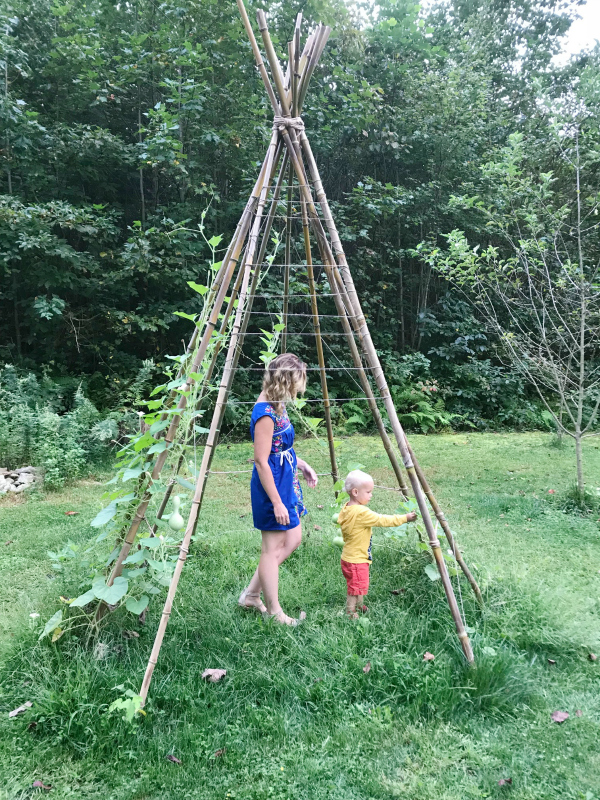
Before I get into what collaborative problem solving is and how to do CPS, I want you to be a fly on the wall during my most recent collaborative problem solving session with my just turned 3 year old son, Sam….
Here’s the scenario:
I walked into the room to find Sam drawing all over the wall with a pencil.
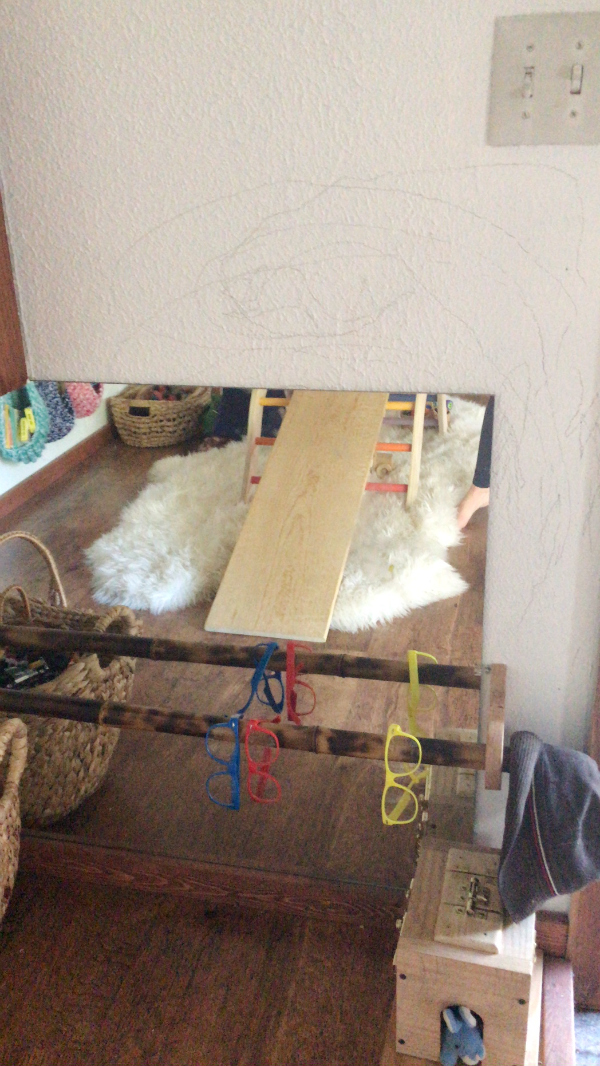
Me: Hey Sam, whatcha doing? (totally emotionally neutral and genuinely curious)
Sam: Mom! (very excited) I’m making a road on the wall so I can vroom my trucks down my ramp and then up the wall!
Me: Oh wow, I see!
Sam: Yeah! I’m almost done. And then I can vroom them all over the place.
Me: It sure looks like you’re having a lot of fun.
Sam: I am, Mom!
Me: I see that. There’s a little problem that I’m sure we can work out.
Sam: Ok.
Me: I don’t want you to write on the walls. I like keeping them white and clean. And it’s a tough job for me to clean off all these pencil marks.
Sam: Oh man, ok.
Me: But I’m sure we can work together and think of some ideas that will work for both of us. I want you to be able to vroom your trucks all over the place because that’s a really good idea and I know you were having a lot of fun. And I want to be able to keep the walls nice and clean. Can you think of any ideas that will work for both of us?
Sam: I have an idea! My idea is to finish making my road on the wall and then I’ll play for a little bit and then I can help you clean.
Me: That sounds like a really creative solution. Thank you for wanting to help me clean it. But the first part isn’t going to work for me because I don’t want anymore writing on the wall.
Sam: Ok.
Me: My idea is that you can use paper for your road. I can help you if you’d like.
Sam: No, that doesn’t work for me.
Me: Ok. Well, we’re both really good problem solvers and I’m sure we can think of something else.
Sam: I know! You help me draw a huge, huge, huge road on that big whiteboard in dad’s office and then I can vroom my trucks on that? I want a road with yellow lines and a telephone pole. And then I can help you clean the wall. Does that work for you?
Me: That totally works for me. Love that idea! Let’s do it. *fist bump*
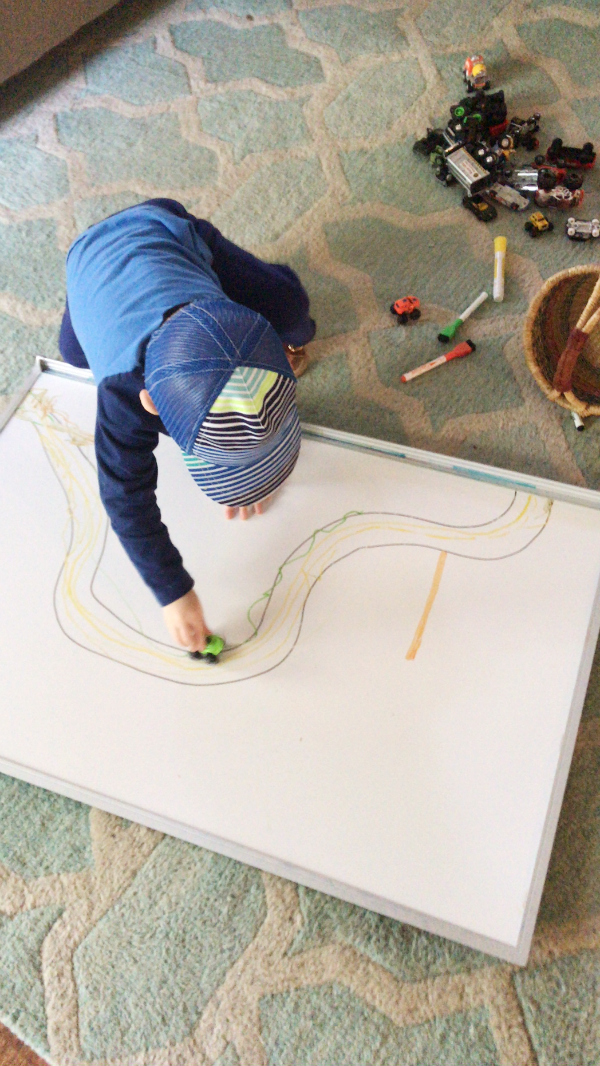
What?! My 3 year old just brilliantly solved the problem with both his needs and my needs in mind. And he helped me clean the wall….his idea! No force, no threats, no yelling.
(Worth noting: I do not have an “easy” child as some may think from our interaction. His natural temperament is quite intense, sensitive and strong willed. Easy going is definitely not a word I would use to describe him.)
I assure you that there’s nothing extraordinarily special or gifted about my child. This is simply what happens when two people who trust and respect each other have a Collaborative Problem Solving session. Everyone feels heard and supported. Everyone gets their needs met.
During our Collaborative Problem Solving, there’s a tremendous amount of empathy, understanding, creativity and teamwork taking place. At the same time, he learns my boundaries, expectations and rules without conflict, without bribes, without threats, without punishment. And perhaps equally important, he learns that issues and problems are easily solved by communication.
Can you imagine how different of a world we would live in if kids grew up knowing how to do this?!
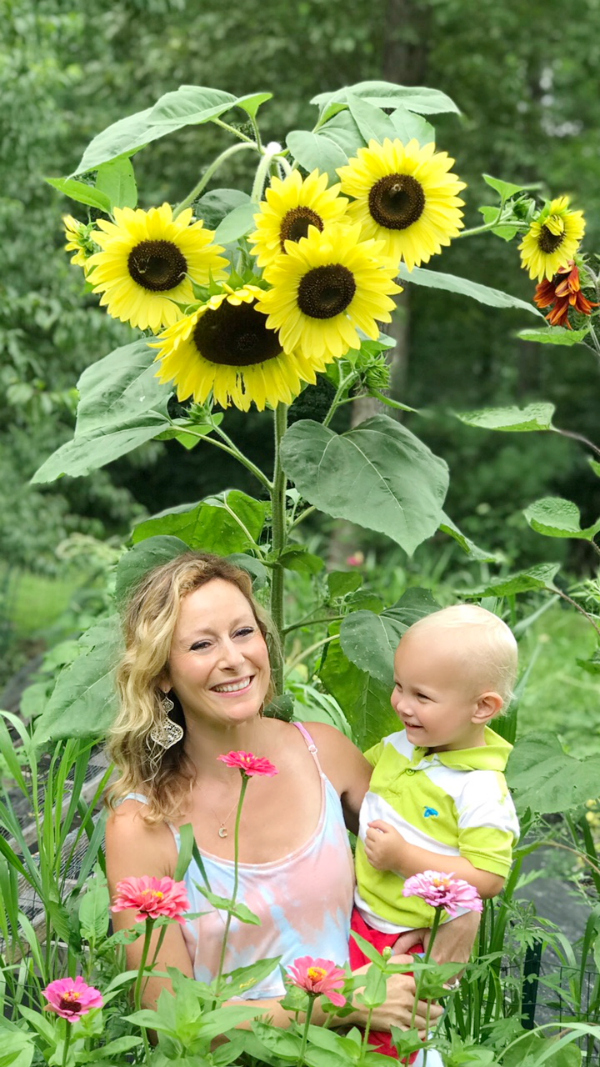
Resolve Problems without threats, punishment or conflict
We’ve used this Collaborative Problem Solving method so many times since Sam became verbal and the results never cease to amaze me. The ideas my child comes up with are so creative and things I never would have thought of. I also love to see how he can clearly communicate his needs and his own boundaries – something that’s challenging for me as an adult! I’m equally amazed at his empathy and concern for my needs. And it’s not just my child. Kids, in general, are naturally empathetic, especially when they feel fully heard, understood and validated. Children are also brilliant problem solvers when given the chance.
What is collaborative problem solving?
Collaborative Problem Solving is an evidence based method based on neurobiological research originating from Dr. Ross Greene. In the beginning, it was a conflict-resolution strategy intended for very difficult children. Since then, it’s been applied to a wide range of settings and populations with very successful outcomes. Homes, couples, siblings, parents and teachers, schools, corrective facilities, hospitals, workplace settings are all benefiting from CPS.
Unlike traditional disciplinary approaches, CPS avoids the use of control and reward-based discipline like in traditional disciplinary approaches. Instead, this method teaches kids and parents skills that tackle problems and enhance relationships.
How to do collaborative problem solving:
Before you begin a Collaborative Problem Solving Session, get into a calm, emotionally neutral, non-judgmental state. There should be no hints of disapproval, judgement, shame, surprise, etc. Depending on what the situation is, this is often very challenging and requires you to shift your mindset. Don’t start the Collaborative Problem Solving process until you can be neutral, with an open mind.
Collaborative Problem Solving will not work if there’s any negative emotions behind it. Kids can sense it and will shut down or fight back.
Just think of how you react when someone is confronting you with disapproval or disappointment. Depending on your personality, you most likely shut down or fight back. Kids are the same.
CPS suggests it’s best to do collaborative problem solving when both parties are calm and neutral. This means to not do collaborative problem solving in the heat of the moment unless absolutely necessary. (My example above was in the middle of a small issue. It was a very minor issue with no high emotions from either parties involved. Plus, it’s our normal communication style so it worked well for us, given the scenario.)
Step 1: EMPATHY
To start the Collaborative Problem Solving process, get genuinely curious about your child’s perspective.
Examples:
- “What’s going on?”
- “What’s up?”
- “I noticed your having some trouble (state the problem). What’s up?”
If this style is new for you, your child may be used to getting punished and told what to do so it may take reassurance and time to win their trust again. If your child doesn’t answer, reassure them that they are not getting in trouble, you’re not mad and you won’t tell them what to do. If they still don’t open up, it may just take some time to gain their trust again. And understandably so. Your efforts and patience will be worth it.
Listen. Listen. Listen.
Listen to fully understand in this empathy step. Empathize with what they are communicating. Show that you fully hear them and reassure them that their point of view is valid.
Side note: Acknowledging their feelings and their perspective does not mean you have to agree with it. Your job is to simply acknowledge and validate your child’s feelings.
Keep remaining neutral, non-judgmental and understanding. This requires a completely open mind and is quite challenging for most people. The good news is that the more you practice, the better you’ll get.
Most adults think they already know their child’s point of view and already have a solution in mind before they even start talking. The truth is, most of us are actually way off, which means our solution isn’t going to be effective anyway. Just keep listening.
Step 2: DEFINE YOUR CONCERNS
Only after your child feels fully heard and validated, then it’s time to state your concerns and your perspective. There should be no blaming, judgement, shame or disapproval. Just neutrally state the problem and how it affects you, your child and/or others.
Example:
- “Thank you for sharing that with me. My concern is…. (state how it affects you, your child and/or others.”
Step 3: INVITATION TO PROBLEM SOLVE
Recap both of your concerns and then invite your child to problem solve the solution with you. It’s best to give your child the first try at the solution.
Example:
- “I know we can work this out together. Let’s come up with some ideas….”
It’s not so much a method, but a mindset.
At surface level, Collaborative Problem Solving sounds like a simple 3 step plan. But I’ve found that it’s not so much of a method at all. Instead, it’s taken many mindset changes that eventually became my way of life.
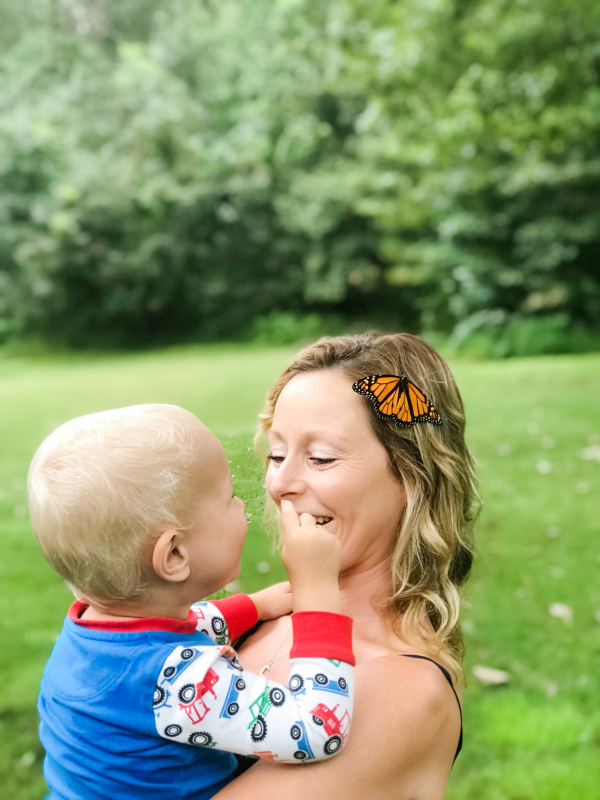
In the beginning, it required a lot of practice for our communication to flow smoothly and effortlessly. Now, it’s just how we all communicate as a family. (The relationship with my husband has greatly benefitted using this approach, too!)
I like to view the extra efforts involved as an investment. So far, the results have been incredibly worth it and I’ve been told by seasoned pros that our communication and relationship will keep getting better and better.
If this approach sounds like something you’d like to explore further, I invite you to read the book, Raising Human Beings and also the Collaborative Problem Solving website to gain a deeper understanding on the CPS model. The book shares so many practical real-life examples that include homework, hygiene, screen times, curfews and more. I highly recommend it!
Other parenting resources that have made the biggest differences in my parenting:
How to Talk so Kids Will Listen Book
Visible Child: Respectful/Mindful Parenting Facebook Group
Respectful Parenting with Janet Lansbury
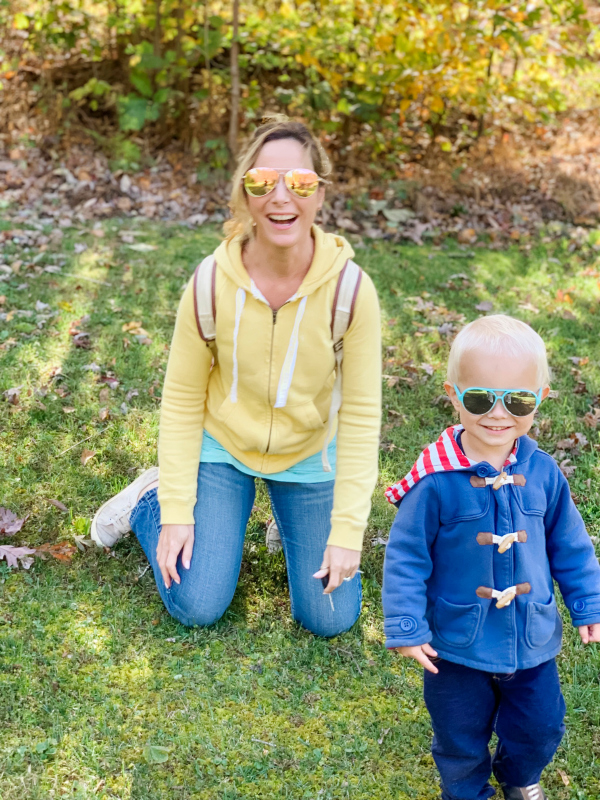
I hope our experience has been helpful to you!

Pin Collaborative Problem Solving HERE:
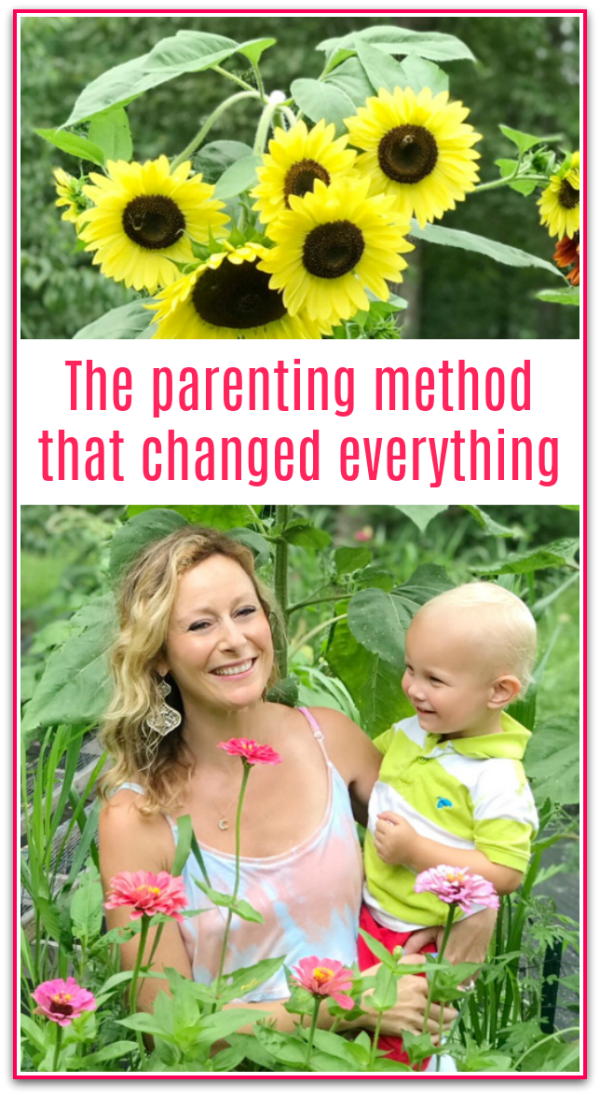
 Primally Inspired Real food, Natural Remedies, Holistic Living
Primally Inspired Real food, Natural Remedies, Holistic Living









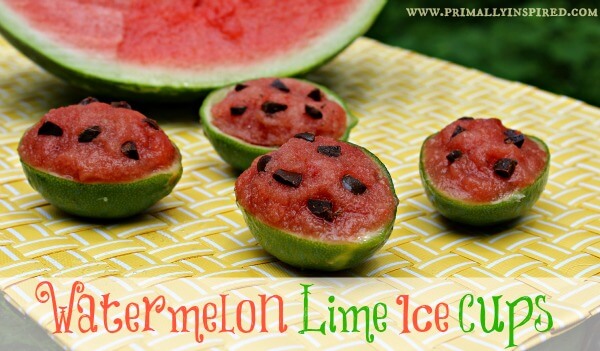
Wonderful! I can tell that Sam is loved and he knows it. He’s a very secure child. I don’t have children, but I read this because I have a husband 🙂 . It works as long as I do this before I wait too long and get angry!
Yes! This method has really helped the communication in our marriage. Interestingly, my husband is the calm, patient listener and acknowledger of feelings and I’m the “fixer.” Learning to just listen and acknowledge the feelings has been and still is such a challenge for me at times. My natural tendency is to want to jump right in and fix things, which often just shuts him down and makes him not feel heard. I’m getting better with all this practice, though 🙂
. I wish I had known about it during my own child raising days. Having been raised by parents of the ‘old school’ I vowed I would not repeat those mistakes and I believe we did ok. Our oldest was very challenging and suffered with mental health issues but was also identified as being profoundly gifted, a difficult mix. He is now a remarkable father and partner and we are very proud of him. BTW ‘gifted’ can mean higher IQ or as the psychologist put it..’someone whose brain fires on all cylinders’ it does not confer academic success or ability. Although many gifted children excel academically the majority of academically successful kids are high achievers of high average intelligence. They might very well be gifted in one or two areas but the truly gifted( 1/10000) are often frustrated by the system and can easily fall away from the path of formal education. Our oldest struggled through high school while our younger child worked very hard went on to University and graduates this year.
Careful, thoughtful,mindful nurturing can bring on the best in every child. Maybe the good that comes from these days of isolation is that we will slow down and reconnect with our children and as adults, review our priorities.
I loved reading your words and I appreciate you taking the time to write them. “Careful, thoughtful, mindful and nurturing can bring on the best in every child” – so agree! You sound like a wonderful parent.
I can see you are doing a terrific job of rearing your son. He is already learning skills that, in turn, will make him a great father! Continued success! Hopefully, many young parents will read this and model this. In the current situation, this could be extremely useful to families with children at home day after day.
Thank you, Carol!
HI Kelly….You are the best!! I follow you and LOVE all you do for us!! With this Collabortive plan, it all sounds GREAT!!! My neice is having problems with her daughter and READING!! She is 8 yrs old and is VERY much behind!!! Is there something medicinal that can help her concentrate?? I would appreciate any info!!! THANK YOU for all yourknowledge in regards to herbs and oils!! I am changing a bit more everyday!!
Paulee, I loved reading all your encouraging words! Lemon Balm is one the best herbs for kids to help with concentration/ADD/ADHD and what I would most recommend looking into. The awesome part is that lemon balm is really tasty, too and most kids love it! I have a lemon balm popsicle recipe, but for a daily medicine, you could make a lemon balm tincture or syrup.